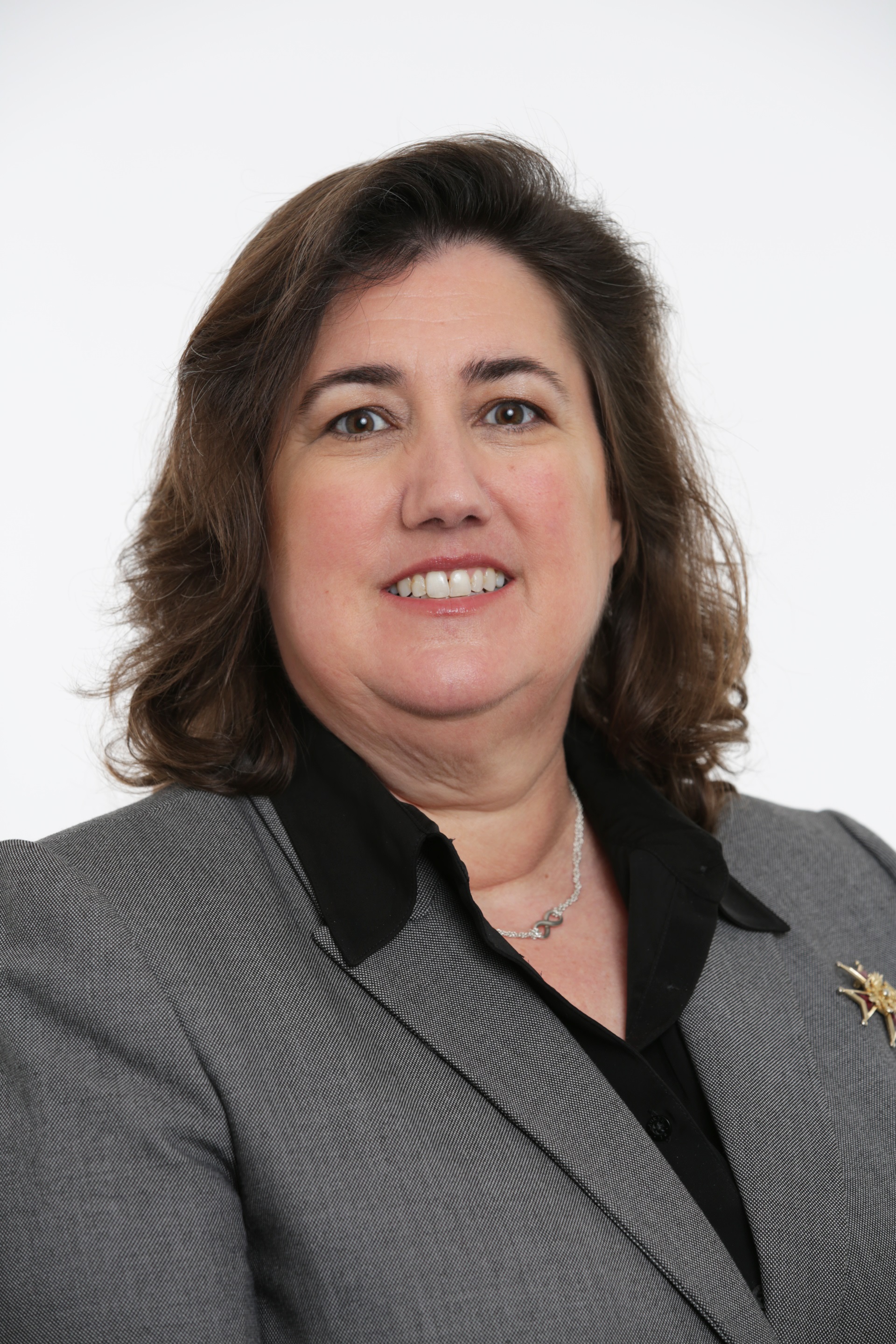
Kimberly C. Friedricks is Managing Director of Fixed Income at Kayne Anderson Rudnick. Before joining Kayne Anderson Rudnick in 1998, Ms. Friedricks was responsible for management of fixed income trading, fundamental research and portfolio management, specializing in municipal-credit analysis for a specialty-management firm in Beverly Hills, California. Ms. Friedricks attended the University of Southern California and is a member of the California Society of Municipal Analysts.
In this exclusive 3,329 word interview in the Wall Street Transcript, Ms. Friedricks explains the basis for her current top portfolio picks.
“We’re seeing huge demand. We’ve seen a great deal of demand on the taxable side, particularly in the short end, and for a very long time in the high yield area on the municipal side. We’ve been seeing tremendous demand with very few breaks, you might say, since the change in the tax policy.
So when the new tax rules went into effect and we lost the state and local tax deduction — with a limit now of $10,000 — that changed the approach to portfolios for many people, many of the higher earners, higher taxpayers. So we’re seeing a huge amount of demand, particularly in California on the muni side.”
The Fed’s interest rate position is driving her decision making:
“One of the things that we’re really focusing on right now is the very short end of the curve. If we’re looking at taxable portfolios, or thinking IRA rollovers or pension plans, we’re very close to 3%. The two-year yield is at 2.91%; the five-year yield is at 3.03%. Then, we see that from the five-year portion to the 30-year yield is a difference of 40 basis points. So that makes no sense at all.
What we’re focusing on very much right now, as are many advisers, is the much shorter — the three-year and under — portion of the curve…”
To get all the details from Kimberly Friedricks, visit the Wall Street Transcript.
Activist Investor Burkle Pushes New CEO on Barnes & Noble
March 18, 2010
John Buckingham's Rule: Buy Undervalued Dividend Payers
November 10, 2020
Janet M. Brown, President and CEO of FundX Investment Group, Details Her Professional Portfolio Strategy
March 19, 2018
Inverted Yield Curve Not the Kiss of Death for the Market Says Peter Andersen
August 27, 2019
Short Term High Yield Portfolio from Angel Oak
March 05, 2021